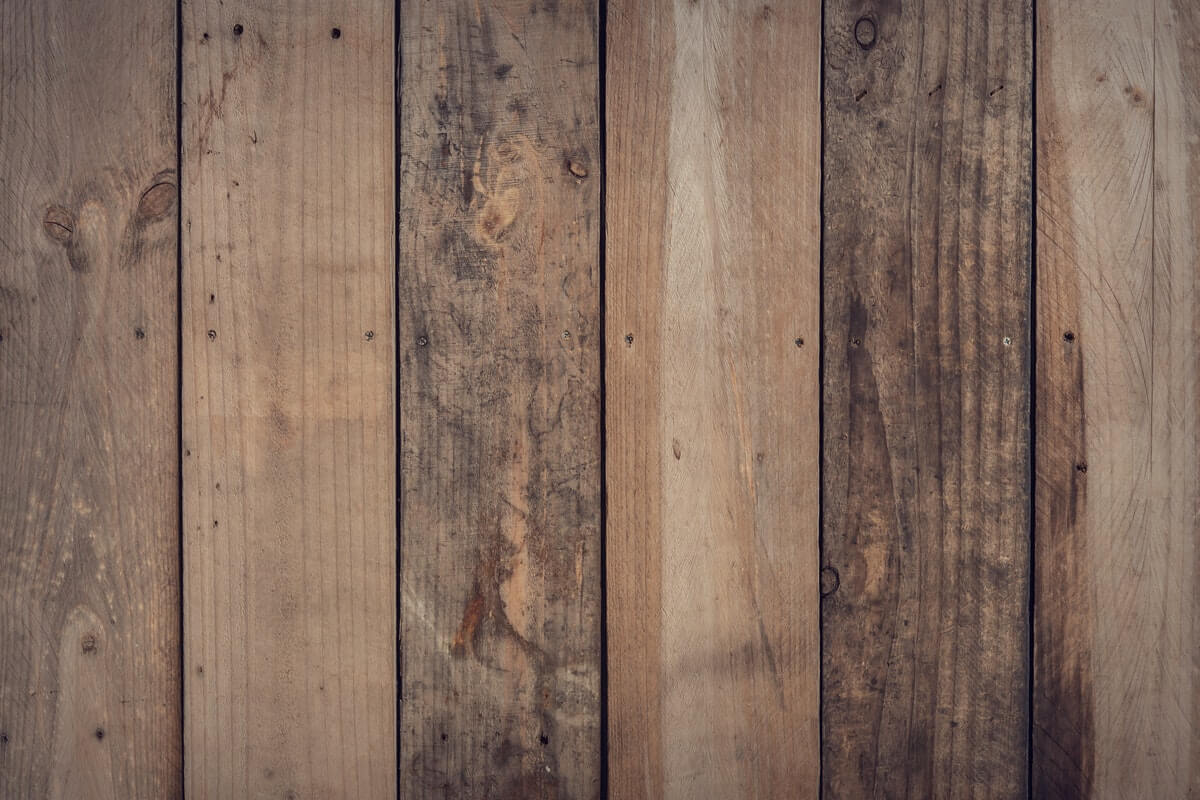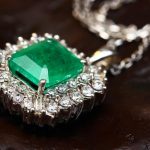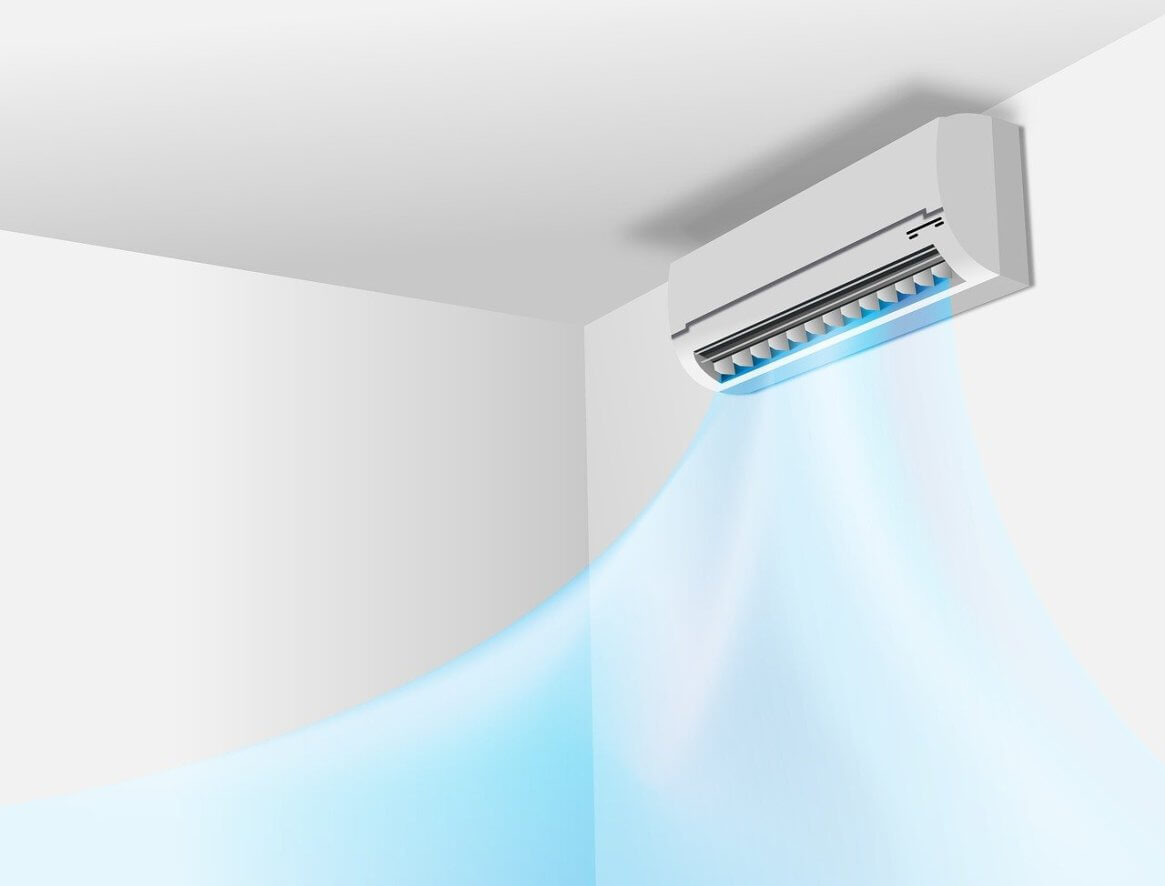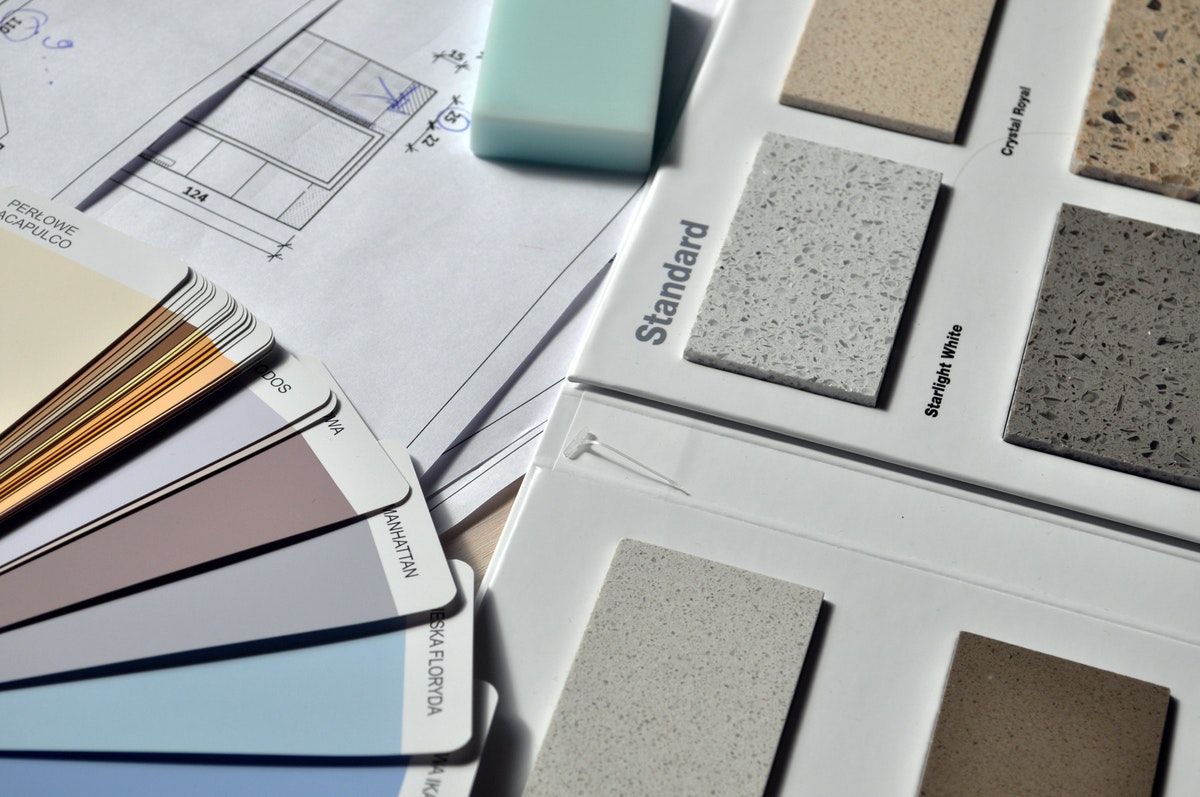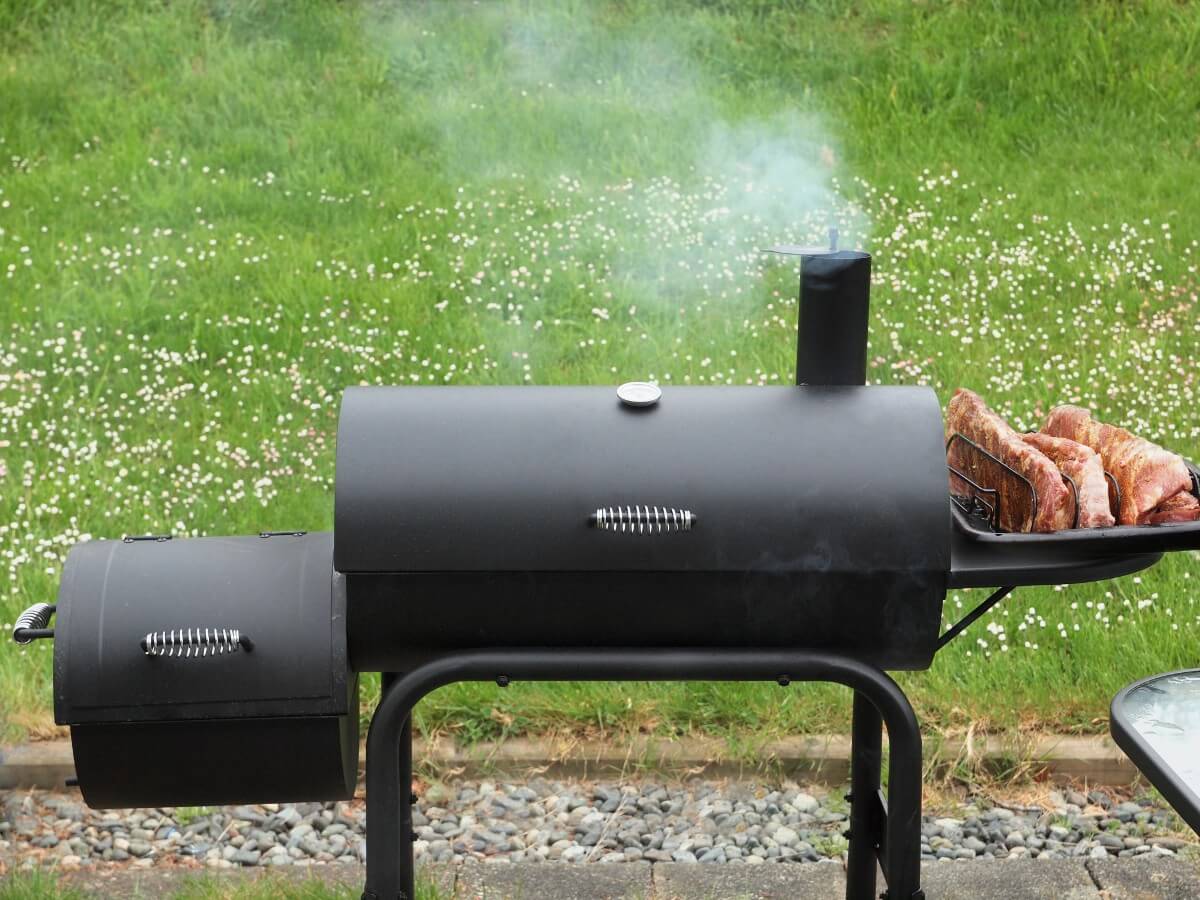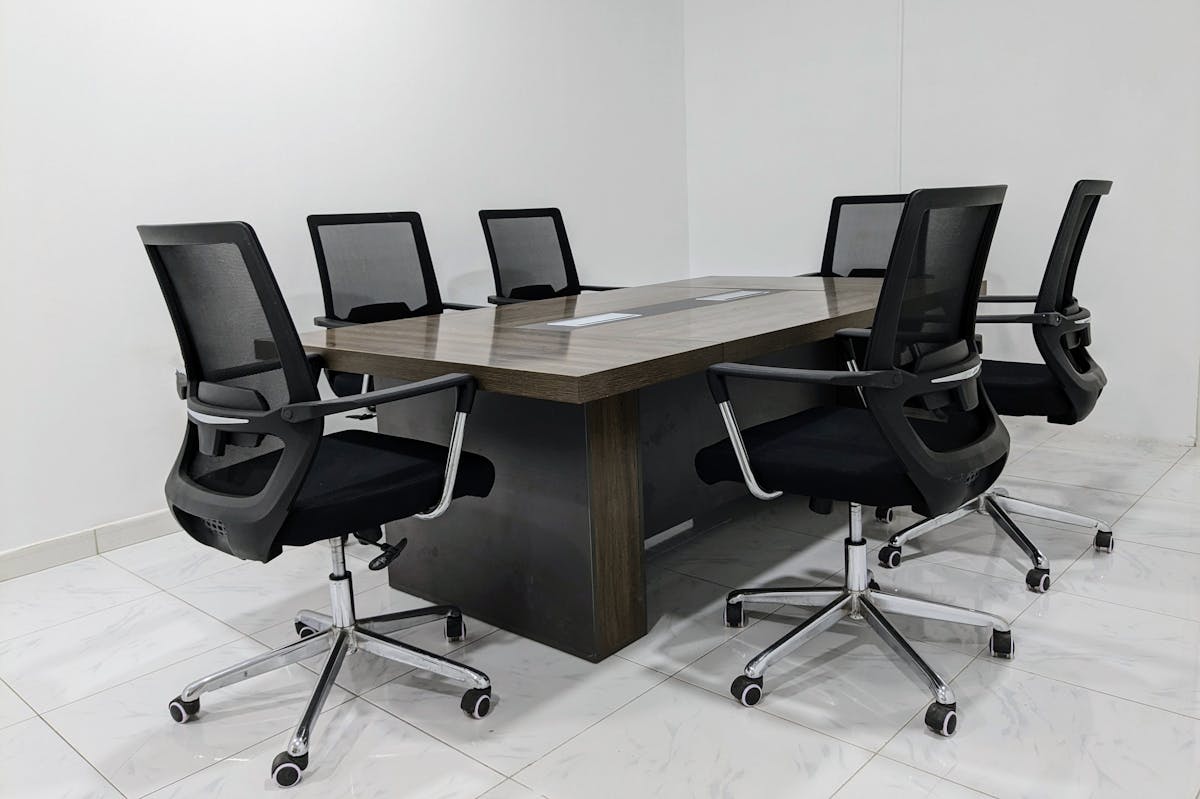When it comes to natural wood flooring in your home, you might find them at some point starting to squeak, you will mainly find this on stairs. Now other than the annoying sounds they create, a squeaky hardwood floor can indicate more under laying problems. Floor squeaking is a sign that some gapping has occurred between the hardwood boards and as a result of the wood drying out and shrinking over time. When these dried out floorboards are walked on, they rub against one another and a squeaking noise is produced. While the damage to the floor might not be visually apparent, the tell tale squeak will give it away.
It is important that you tend to these squeaky floorboards as soon as you can, because not doing so could cause your home to depreciate in value over time.
Also Read – How To Save Energy & Lower The Cost of Utility Bills At Home
Methods to Prevent Squeaky Floors
Lubrication:
Sprinkle some talcum powder of some powdered graphite, (this is available at hardware stores or on the internet), make sure you place it along the seams of the floorboards. You will then want to cover the powder with a cloth and step on the boards. This will ensure that the powder will work its way into the seams. The powder should then provide enough lubrication to keep the boards from rubbing against one another. This though is only a temporary solution.
If you have access to the underside of the floor
Another tactic you can use is to check the cross bracing (this is when boards are nailed diagonally across studs or other boards to make the framework more rigid) between the floor joists, if it’s loose then reattach it using screws. Also place shims on top of the floor joists directly under your floorboards. Then firmly but very carefully push the shims in. You may also want to fasten the floor joists with screws driven in at an angle through the floor joist to the subfloor.
If you don’t have access the underside of the floor
Install 2” or 2 ½” flooring nails at least ½ inch from the edges of the floorboard and drive them in at an angle. You will also want to pre-drill holes slightly smaller than the nail shanks through the floorboards (make sure you don’t go through the subfloor). This will ensure that there is a good hold and prevents the floorboards from splitting. You will then want to use a nail set to drive the nail heads below the floor surface; you can then fill the holes using colour matched wood filler. You may also use screws instead of nails if you prefer, over time screws generally hold better than nails. Countersink (this is the process of making the head of a screw or bolt sink into a prepared depression, this ensures that it is flush with or below the surface of the floor) the screws and patch the holes with wood floor filler.
If you have carpet over your hardwood floor
You will want to roll the carpet back to access the floorboards. If this isn’t an option you can hold the boards together by nailing through the carpet. A stud finder can help you located under laying joists to drive your nails through. Don’t attempt this with screws as they will just end up being tangled up in your carpet.
A squeaky floor is not match for a gang of nails and screws, but any of the above methods should get rid of the squeaking. Of course you should consult a professional for their advice on the gapping that is occurring.




